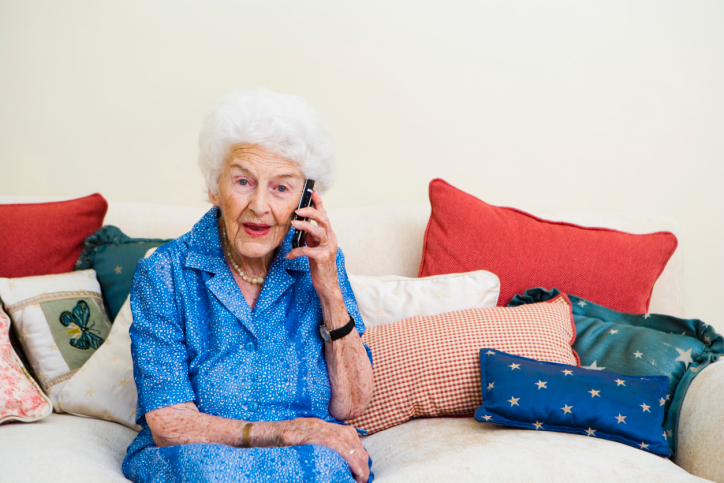 It’s estimated that 5.4 million Americans have Alzheimer’s or another type of dementia and that 70% of those live at home. The numbers are only estimates because it’s believed that many people suffering from these conditions have never been officially diagnosed.
It’s estimated that 5.4 million Americans have Alzheimer’s or another type of dementia and that 70% of those live at home. The numbers are only estimates because it’s believed that many people suffering from these conditions have never been officially diagnosed.
Living at home alone is very dangerous for people with dementia. The condition causes them to lose focus and control and makes them very susceptible to injury. What’s even more difficult is that many dementia patients refuse to leave where they are. Home is where they are most comfortable, can hold on to memories, and stay insulated from something they might fear: change.
A recent study by researchers from Johns Hopkins School of Public Health in Baltimore looked at a small sample size of Alzheimer’s patients around the city. They noticed that many of these patients who live at home have unmet needs that put their health and safety in danger. They also found that people with mild cases of dementia were living in more dangerous conditions than patients with more severe cases.
The study mentions that some safety precautions should be implemented to limit the risk, such as limiting access to tools and other things that can easily cause injury. These can include things in the kitchen like knives. Grab rails in the bathroom near the tub and toilet are also important.
In-home care is also an important part of maintaining the health and safety of people with dementia—someone to be there to help with meals and make sure the stove gets turned off, conditions are kept clean, and other seemingly small issues are taken care of. What may seem like routine to you can become a struggle for people with dementia. Caregivers should also keep patients involved during the day so that they don’t sit there idly in front of the television set. Providing conversation, letting them fold towels and sheets, or make a salad for dinner—really any simple task—can help them feel included and provide some much-needed activity.
Most of the time the caregiving falls on a loved one who has little experience. These little tasks are a way to make the dementia patient safer, along with the structural and more traditional methods mentioned above. It should be noted that finding a professional live-in caregiver can prove expensive and challenging. Denial on the part of the patient with mild dementia can also play a major role. Most people can attest they don’t want to give up their independence.
In any event, if you suspect someone close to you is beginning to show signs of dementia it’s a good idea to have it diagnosed. Pay attention to their living conditions, memory, and other signs to plan your course of action.
Source:
Esposito, L., “For Seniors with Dementia, the Choice to Live Alone Can Be A Risky One,” Health Day web site, January 23, 2014; http://consumer.healthday.com/senior-citizen-information-31/misc-aging-news-10/unmet-needs-threaten-independence-of-people-with-dementia-683723.html, last accessed January 24, 2014.
